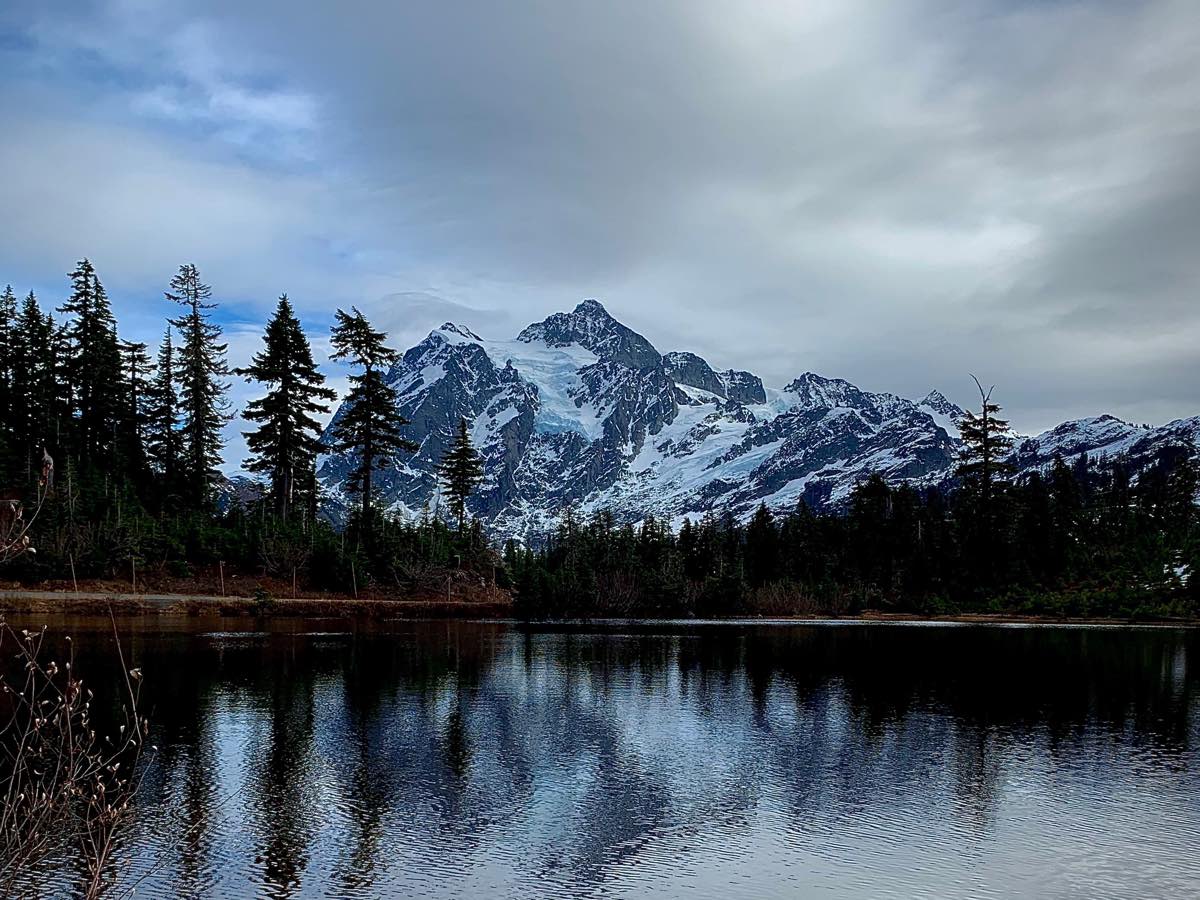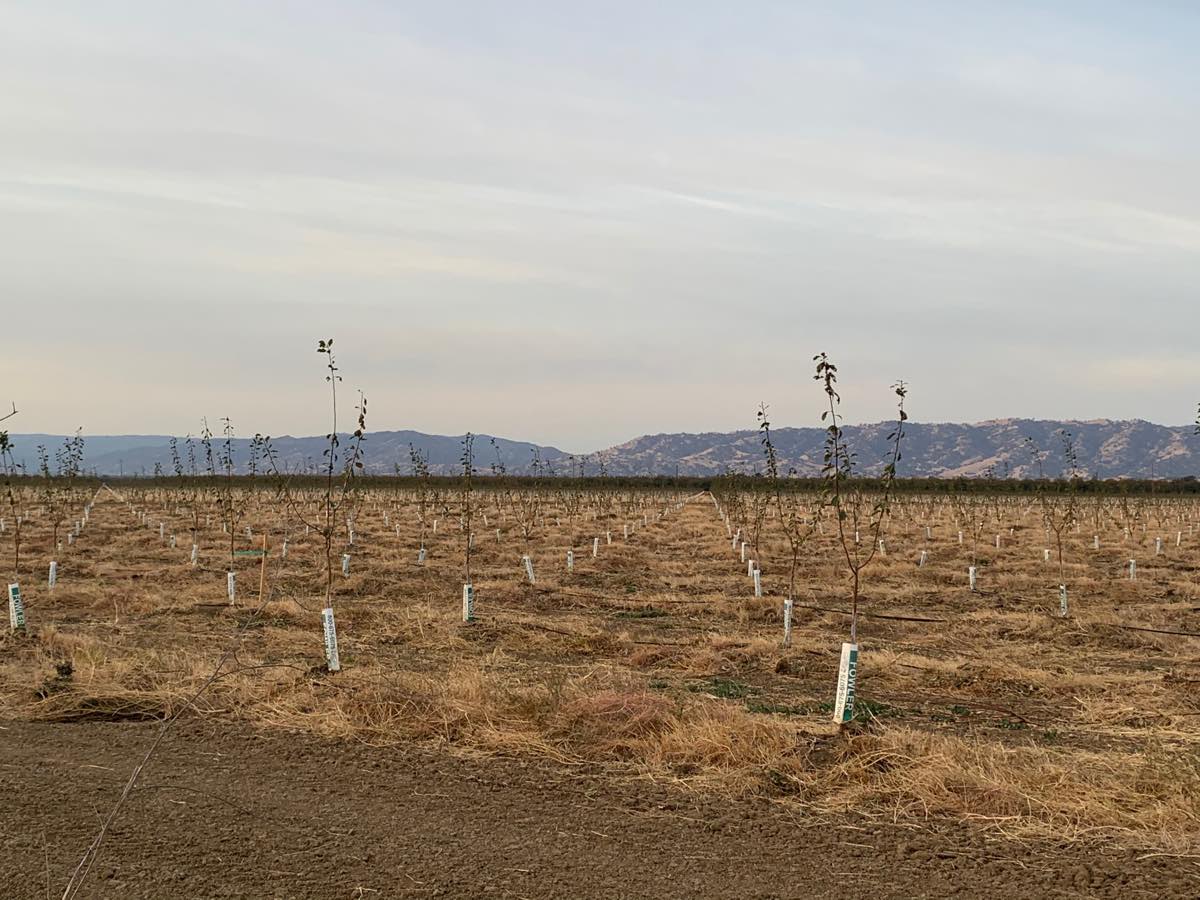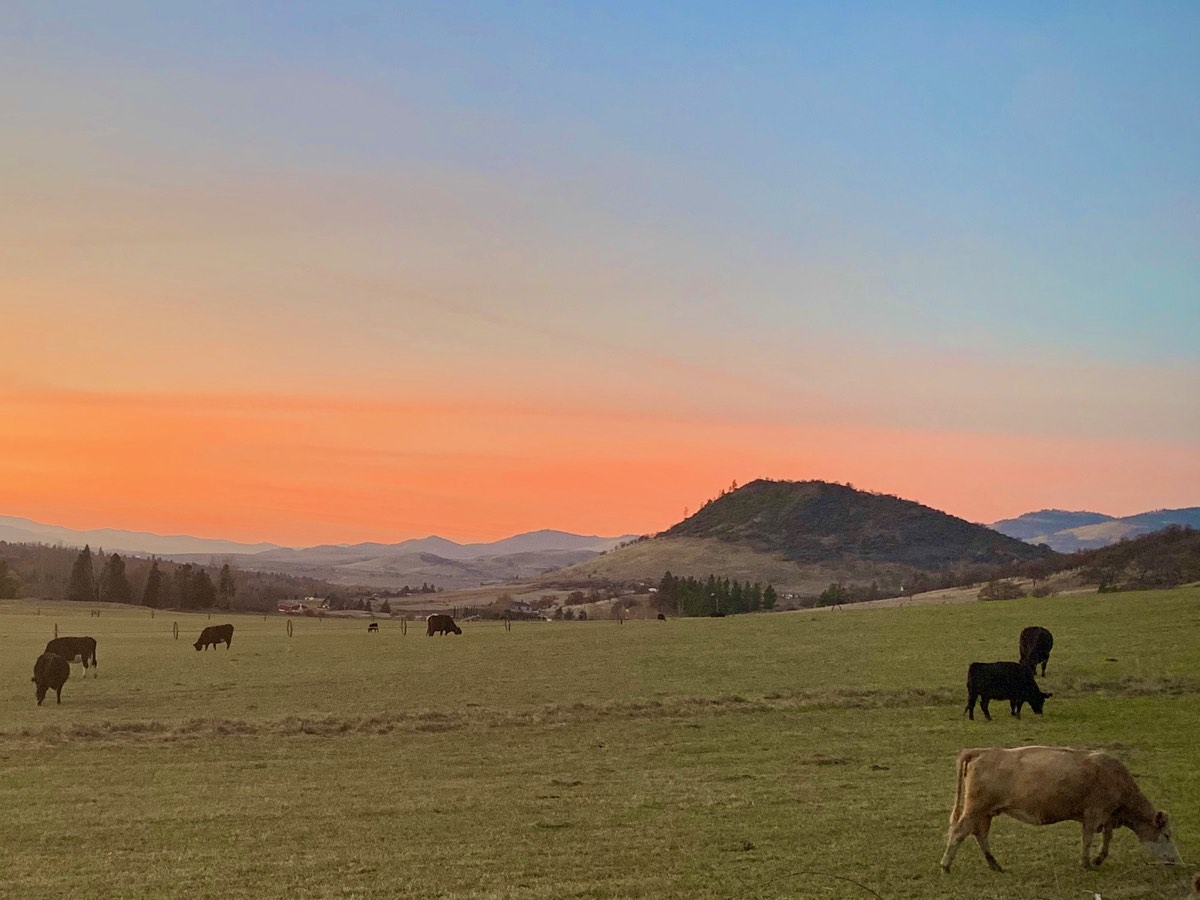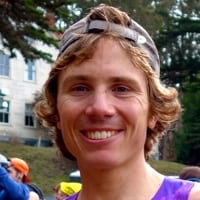The Interstate-70 corridor in Colorado is a bustle of cars, trucks, motorcycles, and big rigs. Travel it and you’ll find yourself amidst all kinds of travelers: skiers, climbers, runners, hunters, blue collars, white collars, vacationers, and retirees. Just about anyone and everyone, really. A lot of those folks are crammed in between Denver and Vail, what is often called the ‘ski corridor.’ Tourists flood in, stopping off at stereotypical mountain towns/resorts like Breckenridge, Keystone, Loveland, Arapahoe Basin, Copper Mountain, and Vail. Locals from Denver, Boulder, Colorado Springs, and elsewhere come as well for skiing, hiking, mountain biking, and all things outdoors.
The activity makes sense. The area is chock-full of good stuff: big mountains, lakes, forests, and of course, skiing, both backcountry and resort. Even if you venture beyond Vail, soon you pop into Utah, a vast playground of slickrock, canyons, and sun-kissed desert trails. However, what few folks do is turn off in the land in between. Point yourself north somewhere near Rifle, Colorado and you’ll run smack into what looks and feels like a whole lot of nothing.
Actually, that isn’t fair, but when you leave breathtaking mountains for rolling plains, it sure feels that way. Here is where you see kids jump off a school bus at the end of a long gravel driveway and think to yourself, What is it like to grow up here? What do these people do? Don’t they get bored?
Go even further north and the desolation intensifies. Pavement turns to dirt as you ramble on and try to keep pace with the bold truck drivers hauling loads across these vast spaces. As the miles pass, the pavement returns, lights rise on the horizon, and before you know it, you’re back in civilization. In a sense, it still feels like the middle of nowhere, but here there is action. It might not be skiing or hiking, but there are people, jobs, and restaurants. It’s more than just a few homes at the end of mile-long driveways.
It’s places like this where weary travelers top off on gas and grab some groceries or a bite to eat. But unless you live here or know someone who does, you probably won’t linger. Populated as they may be, seldom are these places the final destination. Push on and civilization again fades, and then returns at the foot of some mountains somewhere. Jackson, Wyoming is this sort of place. It’s hundreds of miles from Colorado, but here on the other side of the bleak expanse of northern Colorado and southern Wyoming is another bustling outdoors town.
Leave Wyoming and the cycle continues. Mountains turn to foothills, then plains. Towns get smaller and houses space out. You can see the snowcapped peaks in the rear view, but the immediate landscape is a far cry from that. Once again you cannot help but wonder, Is there anything out here? Over and over again this happens in Colorado, Wyoming, Montana, Washington, and Oregon. It probably happens in just about every American state, only some are less mountainous, so the excitement concentrates around rivers, coastlines, and places rich in some natural resource.
To some, the places in between are exactly as they feel, nothing. An observant eye, however, realizes that they are much more. Though some truly are desolate, many of these wide-open spaces are full of agriculture. In some places cattle and sheep roam the plains, while in others farm rows and irrigation systems fill the view. This is the base of the cycle.
These are the crops that feed the people speeding by. These are the resources that fuel the factories, cars, and machines of the world. In short, these places and the things they produce are the foundation upon which everything else is built. These are the places that make the world go around. This isn’t to say that the cities and ski corridors aren’t of value. They are economies of their own, but they still depend on the bases beyond them.
Lately, as I’ve traveled, I have found myself thinking about these things and how they apply to me as a runner. What I have come to realize is that as runners, we too require a vast nothingness. When we train for a race, we shouldn’t jump straight into the exciting bits, the fartleks, tempo runs, and interval workouts. Those things are great, but they are the big mountains and ski corridors.
If we want to have success in the mountains and beneath the city lights, we must first do the repetitious work of the wide open. We have to build our base. And like the nothingness, this doesn’t always feel exciting. Sure, it can be fun, but it is oftentimes a lot of the same stuff over and over again. It’s hours of easy cardiovascular activity, core routines, and drills/strength exercises. It’s a time for plowing fields, sewing seeds, and watering.
But like the plains themselves, the base phase does not stretch on forever. Eventually the foothills return and the tempo runs commence. The slopes grow steeper and the intensity cranks up. Finally, the toils of the plains are put to use in the glorious mountains to which they lead. And then, just like that, the race is run, the restful downhill enjoyed, and the base phase returns at the edge of the next valley.
It’s a cycle, no step skipped and no element disregarded. Every piece is important. It takes practice to figure out the proper acreage of the base, the steepness of the climb, and the length of the descent. Sometimes we return to plowing and planting too soon and the seed never roots. Other times we wait too long to harvest and the crop burns out. The juggling act is rarely an exact science, but the persistent plodding of the plains perseveres. They stick with it, figure it out, and in the end, everyone thrives.
Call for Comments (from Meghan)
- Does the landscape around your home or where you have traveled also look or feel like a cycle of run training?
- Do the basic elements of life or run training feel ‘boring’ to you, despite their importance to the rest of your life and running? Why do you think that is?




